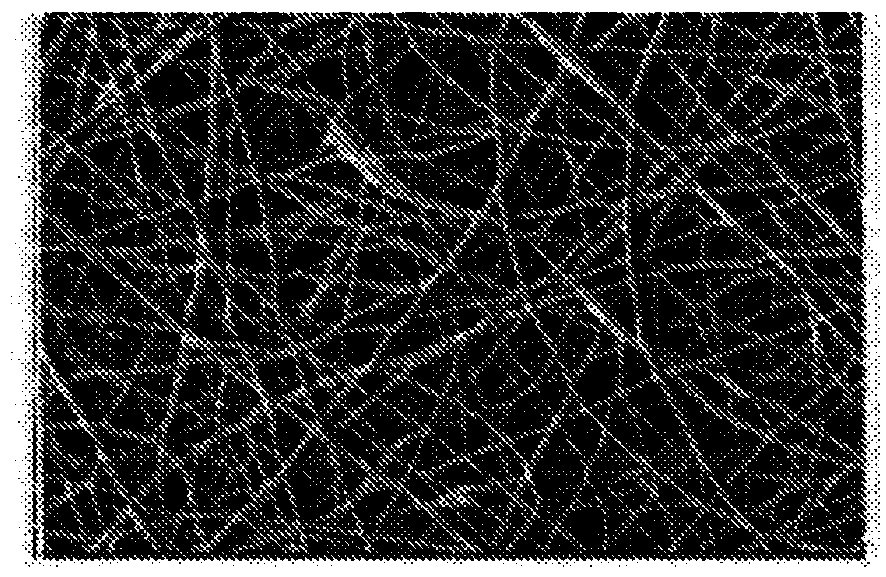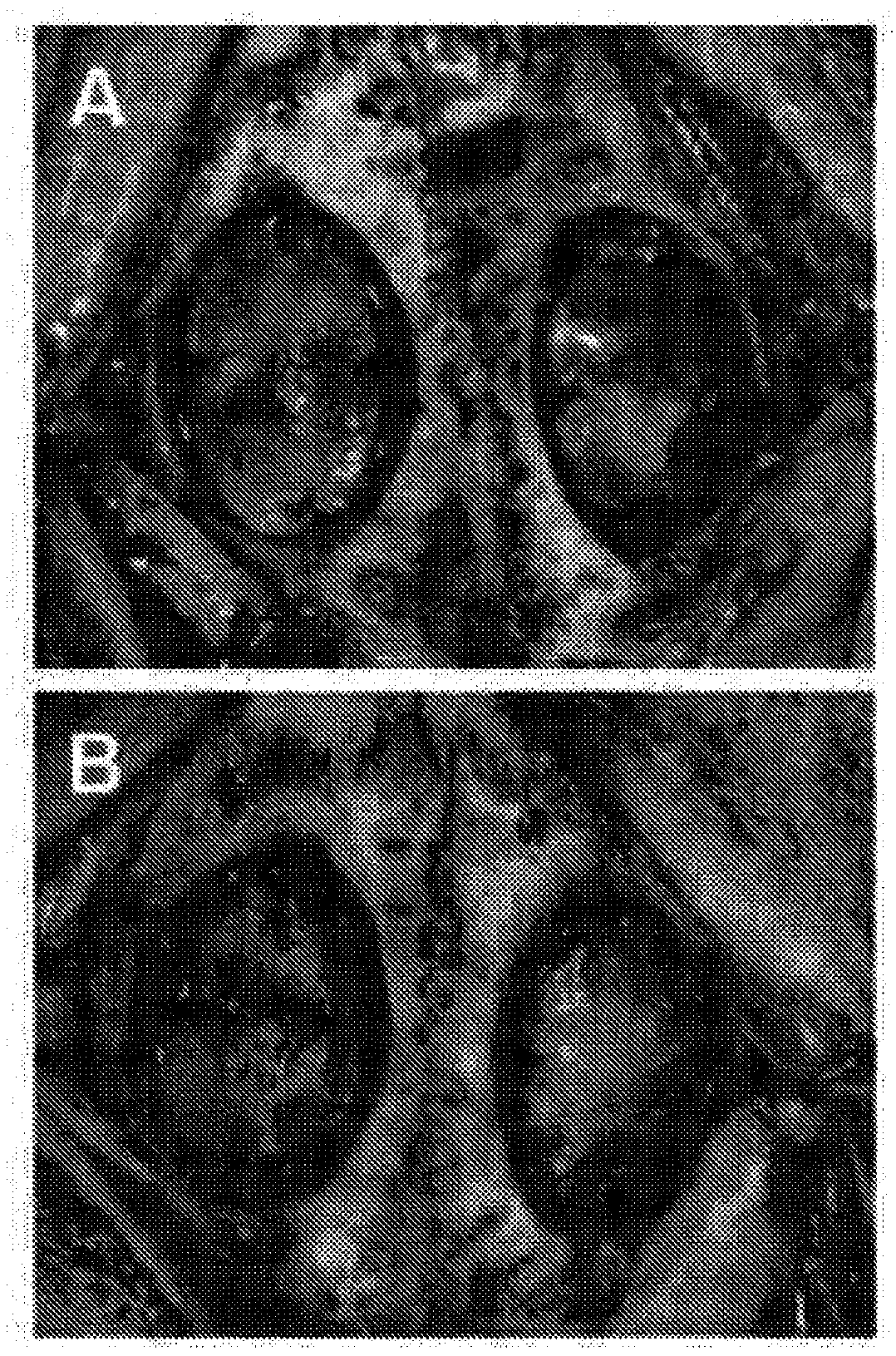Tissue substitute materials and methods for tissue repair
A technology of grafting material and non-woven fabric is applied in repairing nerve tissue such as dura mater. Using the non-woven grafting material to repair tissue field can solve the problem of poor handling, complicated clinical application, and unattainable mechanical properties of synthetic grafts. requirements, etc.
- Summary
- Abstract
- Description
- Claims
- Application Information
AI Technical Summary
Problems solved by technology
Method used
Image
Examples
Embodiment 1
[0064] In this example, the performance of a gold standard xenogeneic collagen graft material is compared to an exemplary embodiment of a nonwoven graft material of the present invention.
[0065] Materials and methods
[0066] Research design
[0067] Ten female New Zealand white rabbits (5.0-5.5 months, Western Oregon Rabbit Company (Western Oregon Rabbit Company), Oregon Philomath (Philomath, OR)) were randomly divided into two groups (I, II), 5 in each group ( n=5). Group I served as a positive control, and all animals underwent bilateral craniotomy and dura resection, followed by bilateral surgical repair of induced dural defects using collagen graft material (Stryker, Inc. Kalamazoo, MI). Group II served as the experimental group, and all animals underwent bilateral craniotomy and dural resection, followed by bilateral surgical repair of the induced dural defect using a fully resorbable non-biological non-woven graft material. All animals underwent daily / weekly behavi...
Embodiment 2
[0097] In this example, the physical properties of the nonwoven web were determined by direct measurement of web fibers, pore size, mass, and dimensions.
[0098] Cut the test article into four parts, about 1 cm each 2 . Attach the cut section to a standard 12mm SEM stub using double-sided carbon tape. Two sections are positioned in a "concave side up" orientation and two sections are positioned in a "concave side down" orientation. Using a Denton Desk V sputter coater the samples were coated with approx. of gold coating. The physical properties analyzed were mean pore size, mean fiber diameter, mean thickness, side dimensions, mass and "areal density" (g / m 2 ). Dimensional data were collected by recording a series of secondary electron micrographs from each sample using a TESCANVega 3 scanning electron microscope. Specify a magnification level of 2kx to collect data. Images were also collected at 500X magnification. Physical properties were measured directly on the p...
Embodiment 3
[0100] In this example, non-destructive testing was performed on the nonwoven material of the present invention.
[0101] The mass is determined by weighing the sample on a balance. Use calibrated calipers to measure dimensions to cover the length and width of the material. Area (cm 2 ) is obtained by calculation. Calculate the "areal density" (g / m 2 ).
PUM
 Login to View More
Login to View More Abstract
Description
Claims
Application Information
 Login to View More
Login to View More - R&D Engineer
- R&D Manager
- IP Professional
- Industry Leading Data Capabilities
- Powerful AI technology
- Patent DNA Extraction
Browse by: Latest US Patents, China's latest patents, Technical Efficacy Thesaurus, Application Domain, Technology Topic, Popular Technical Reports.
© 2024 PatSnap. All rights reserved.Legal|Privacy policy|Modern Slavery Act Transparency Statement|Sitemap|About US| Contact US: help@patsnap.com










